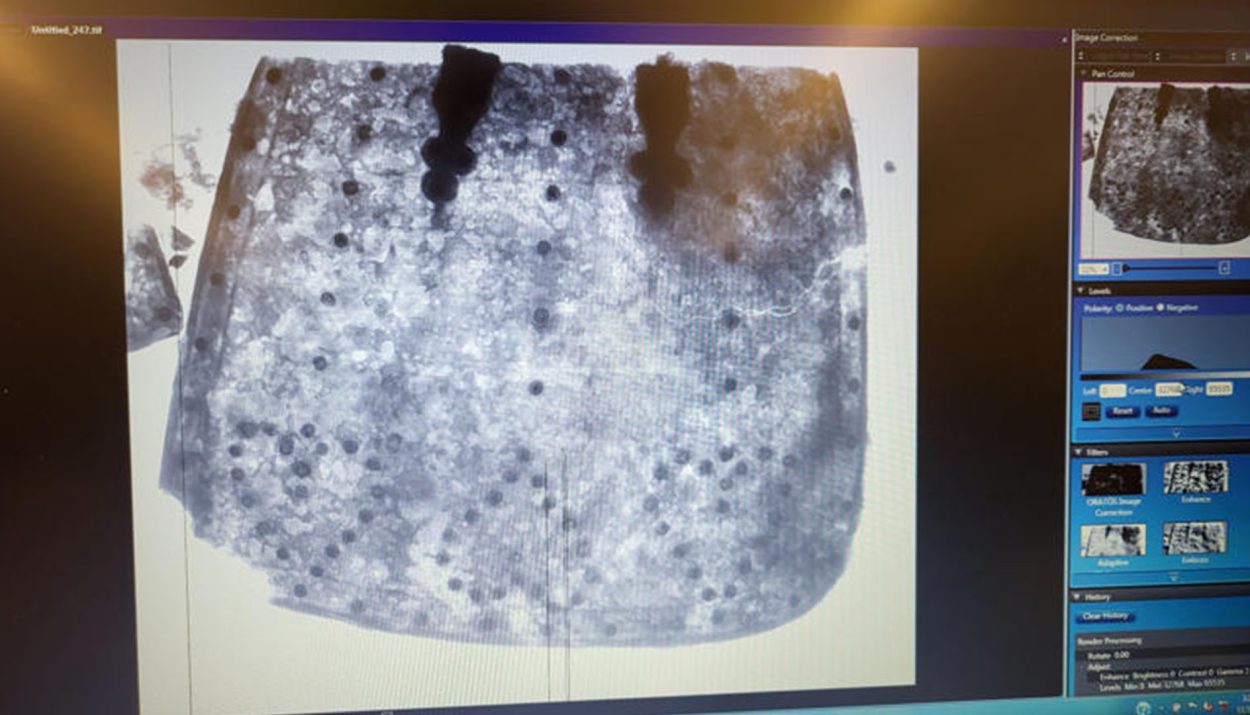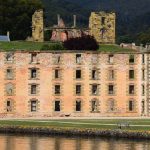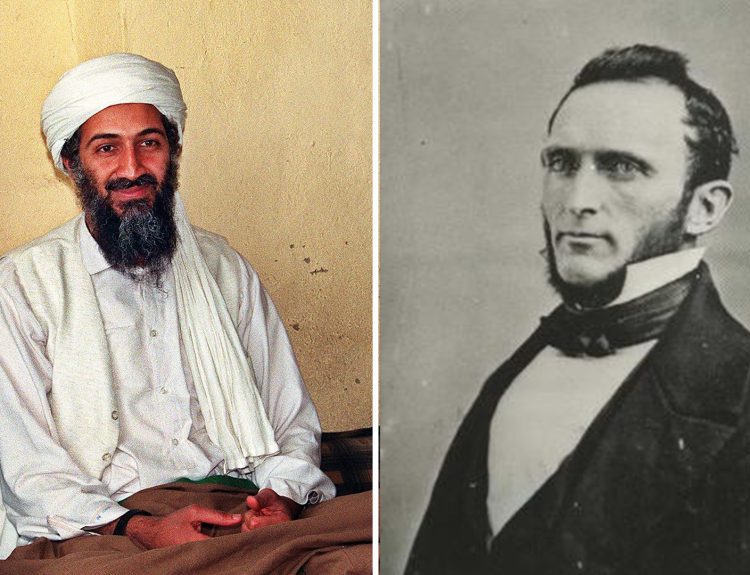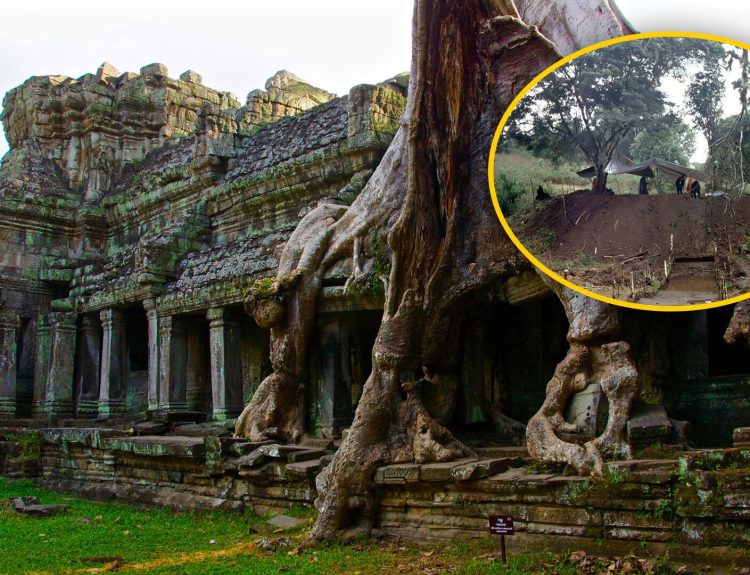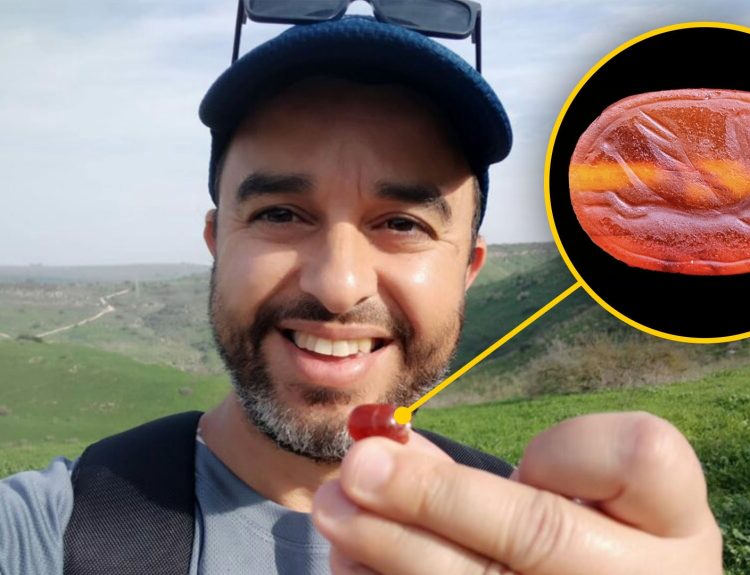Early in the colonial history of the United States, a sizable fort was built at St. Mary’s City, Maryland’s first permanent European colony. The fort, however, had a short history. It was constructed in 1634 but gone by 1642. Despite existing for only eight years, archaeologists have uncovered a number of fascinating artifacts that broaden our understanding of early colonial times.
One such artifact was pulled from the earth in late 2023. Although the archaeologists were not sure what the piece of metal was at first, an analysis of the object revealed its stunning past. It was a tasset, a piece from a medieval suit of armor. To learn how it ended up buried in rural Maryland, the researchers had to go back in time.
Escaping Religious Persecution
Two ships loaded with settlers left England in November 1633 and arrived in what is now Maryland nearly four months later. Aboard the ships were both Catholics, Protestants, and Jesuits. The group was led by Leonard Calvert and it is clear that many of the settlers were escaping religious persecution in England.
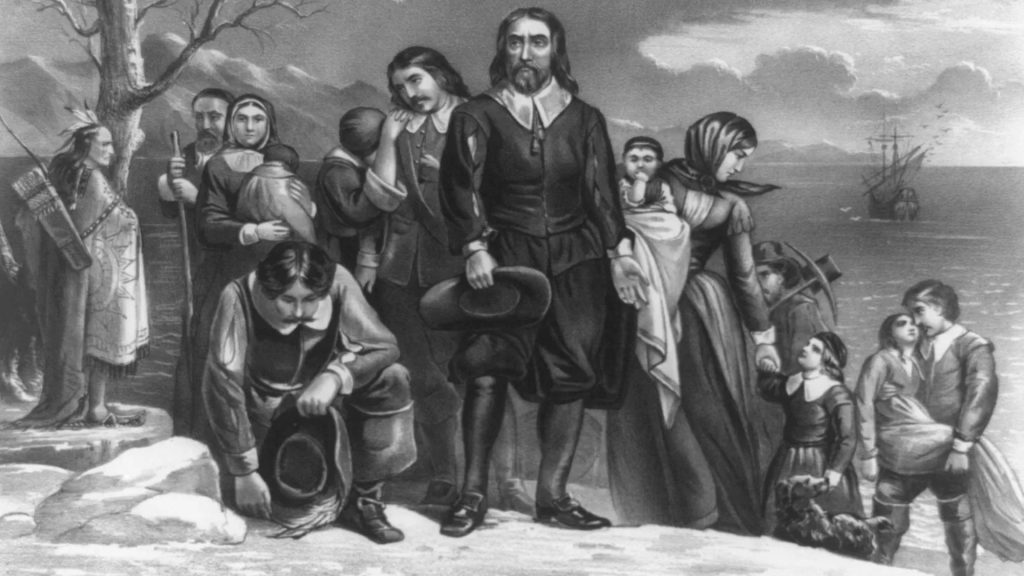
Calvert and the colonists selected a bluff above the St. Mary’s River for their new settlement. The river is a tributary of the Potomac River and joins the Potomac near where it empties into the Chesapeake Bay. The site was officially named on March 27, 1634.
The Fort Didn’t Last Long, But the City Did
As the first settlement of the newly established Maryland colony, St. Mary’s City served as the capital for more than six decades. In 1694, the capital was moved to Annapolis, but the city lingered on. Today, it is an unincorporated community with more than half of the area belonging to the St. Mary’s College of Maryland.
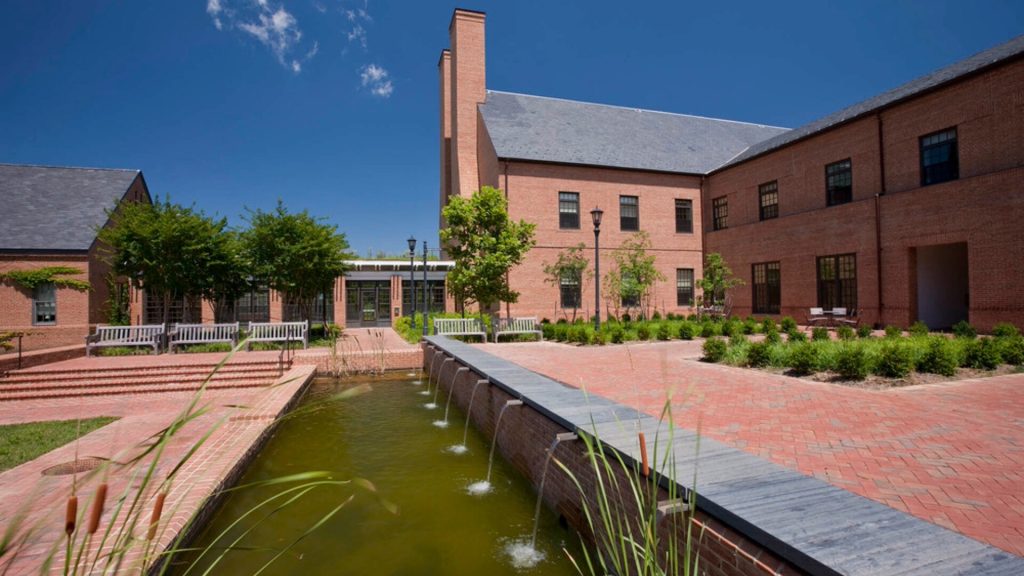
The fort at St. Mary’s City was built in 1634. According to Travis Parno, the director of research and collections at Historic St. Mary’s City, there are no more textual mentions of the fort after 1642. “We know at least by 1645, but apparently as early as 1642, the fort’s not there anymore.”
A Living History Museum
St. Mary’s City is now owned by the state of Maryland and is a dedicated historic area, living history attractions, and historical museum. It is also an archaeological research and training center, the Historical Archaeology Field School, that is recognized internationally for its commitment to excellence.
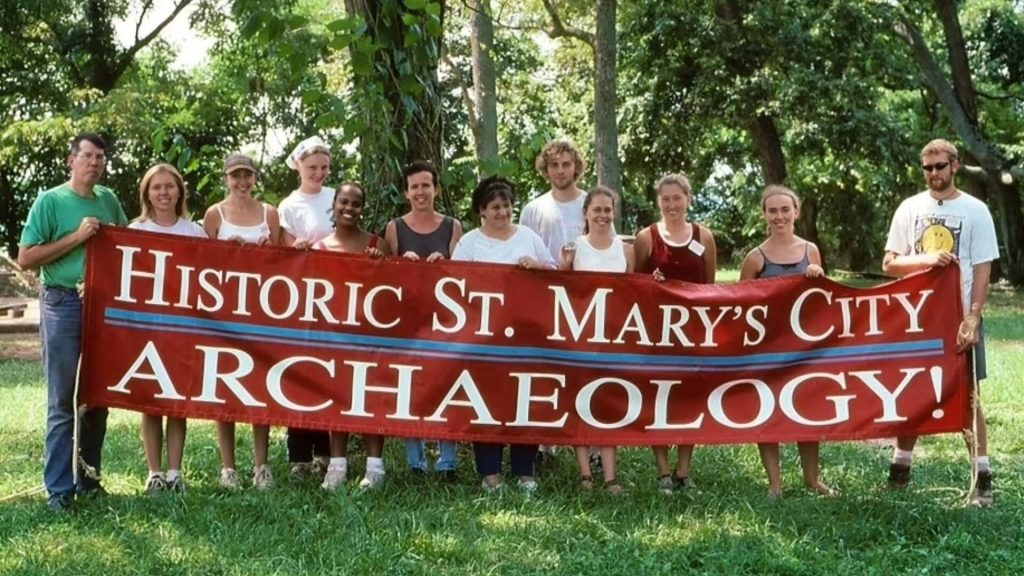
In this capacity, St. Mary’s City has been the site of ongoing archaeological excavations for the last 30 years. As Parno explained, there have been no less than 200 digs at St. Mary’s City in the last three decades. That’s what makes the recent discovery of a piece of armor so extraordinary.
A Dirty and Corroded Piece of Metal
The piece of dirty and corroded metal that was pulled from the ground at St. Mary’s City didn’t look like much of a find at first. But the size and shape of the item was intriguing. According to Parno, it was roughly the size and shape of a cafeteria tray but had a slight concave to it.

The archaeologists at the Historic St. Mary’s City’s archaeology field school had an inkling of what the metal artifact could be. The piece was analyzed under an X-ray machine to help the researchers peer beneath the surface dirt. That X-ray proved their theory to be correct.
“Everyone Went Nuts Over That“
Parno stated that there was much excitement and anticipation when the artifact was X-rayed. “Everyone went nuts over that,” he said. The X-ray analysis confirmed that the item was a rare artifact from a 17th-century suit of armor.

As Parno explained, the suit or armor was likely brought to Maryland by a member of the first group of settlers that arrived at St. Mary’s City in 1634. “It just brought the whole thing to life,” Parno said. The piece of the suit of armor is a tasset.
What Is a Tasset?
A metal piece from a medieval suit of armor, a tasset was meant to protect the wearer’s upper thighs and hips. It was typically made using a series of metal plates linked together, but it could also be a single unit. The tasset was attached to the breastplate and hung below it, sort of like a pleated metal skirt.
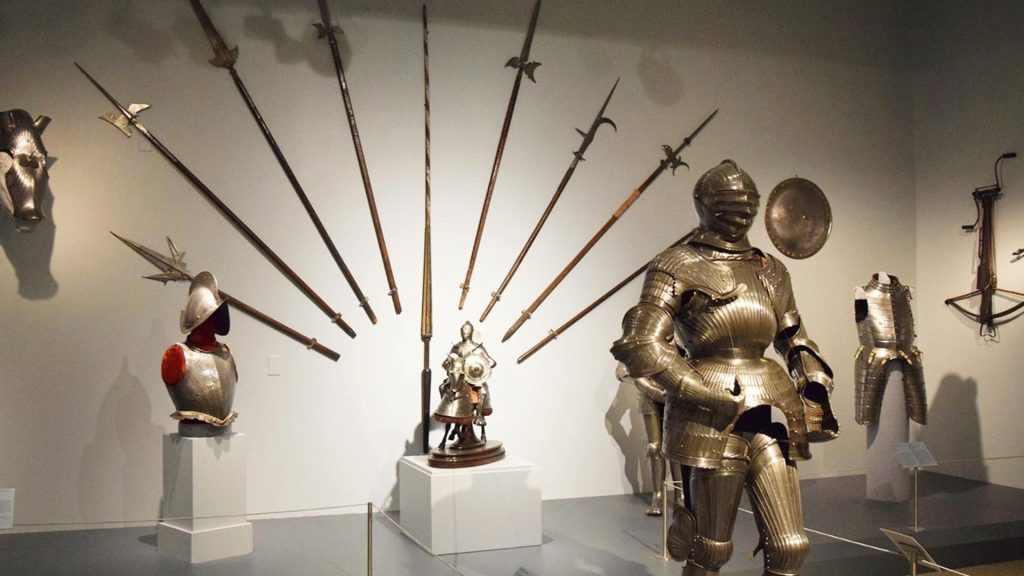
Plate armor, better known as suits of armor, were beginning to decrease in popularity when the colonists set sail for the New World and settled at St. Mary’s City. Suits of armor were at their peak of popularity in the late 15th to early 16th centuries.
St. Mary’s City’s Articulated Tasset
The metal piece found at St. Mary’s City was one of a set of articulated tasset … several metal tasset pieces that hang like a curtain from the breastplate. In the latter part of the Middle Ages, this was the preferred style of tassets as they gave the wearer more range of movement. The wearer could mount his horse or engage in combat without leaving his lower body vulnerable.

As Parno explained, the tasset discovered at the site was decorated. The rivets formed the shapes of three hearts. It was likely a set of two tassets, one for each leg.
Suits of Armor in the New World
So far, no other pieces of the suit of armor from which this tasset came have been found. However, Parno noted that a portion of a tasset was found at a different location at St. Mary’s City about 40 years ago.
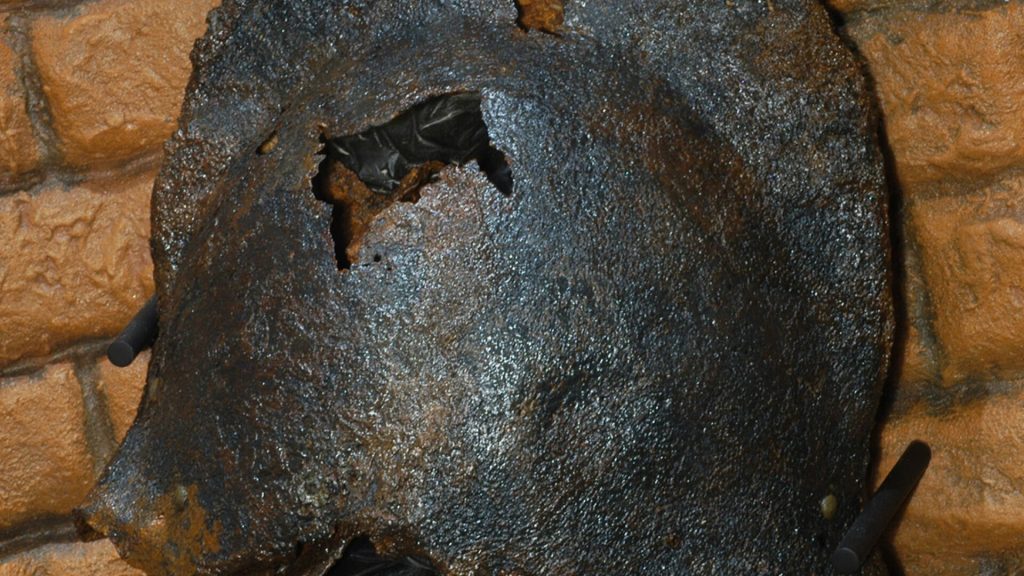
Although rare, parts of other suits of armor have been found in the New World. At Jamestown in Virginia, for example, a few metal helmets and breastplates have been recovered. As Parno explained, this tells us that colonists brought items that were key to their protection and survival when they journeyed to the New World.
Changing to Suit Their New Environment
When settlers left the familiarity of their homes in England to journey to the New World, they were unsure what to expect. They brought with them the things they thought they would need, including tools, weapons, and suits of armor. “The tassets may have been something that was discarded because they were deemed unnecessary,” Parno said.

“It tells us the colonists were adapting to the environment,” Parno added. “They’re heavy. It’s a hot, humid environment. So, you get rid of the tassets … you keep your breastplates, though, because that’s protecting your core.”
The Colonists Lived on Their Boats
According to early accounts, the St. Mary’s City colonists lived on their two ships, anchored in the St. Mary’s River, while they constructed the guardhouse and storehouse of the fort. Parno explained that archaeologists long ago discovered what looked like the remnants of a cellar.
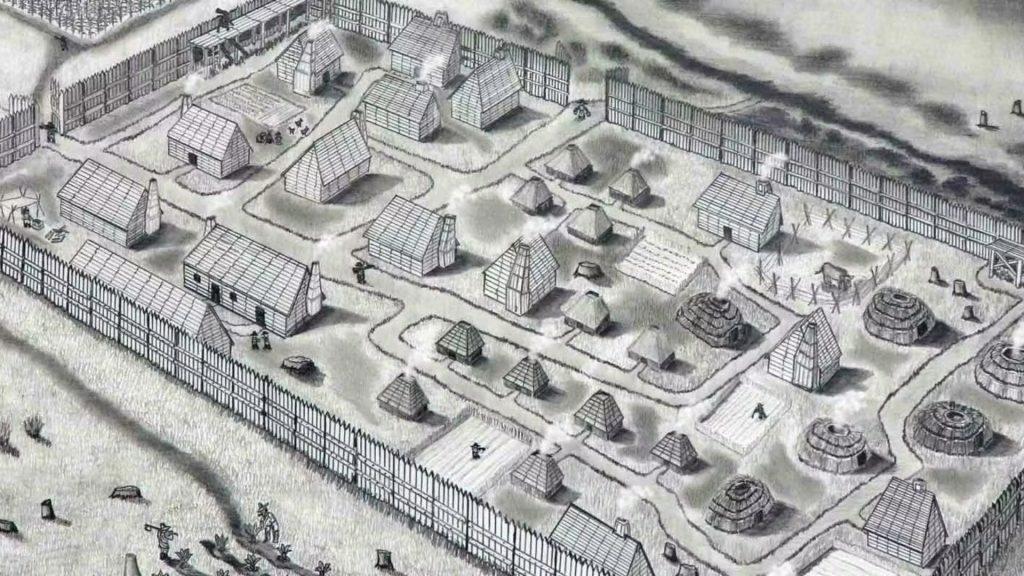
Upon excavating the cellar, they realized that it was connected to a much larger structure. The outline of the structure indicates “one of the largest buildings from this early colonial period that we’ve ever found,” explained Parno. “And given the time period, that it’s 1630s, absolutely one of the earliest and largest buildings ever built in colonial Maryland.”
It Wasn’t a Home
According to Parno, there were clues to tell the researchers what the building may have looked like. The discoloration in the soil indicates where logs have decomposed. It showed that the building had multiple rooms. It also appeared that the logs were large and sturdy enough to maintain a second story.

The archaeologists, however, found no fireplaces in the structure, meaning that it was not a home. “But the question is ‘What is it?’,” Parno said. “Was it a public building? Did it have a religious function? A civic function? A military function?”
Clues Point to a Storehouse
Within the structure, archaeologists have unearthed approximately 1,200 pieces of lead buckshot as well as metal parts from muskets. Buckshot as small as these pieces would not have been used for war. Instead, they would have been hunting ammunition.
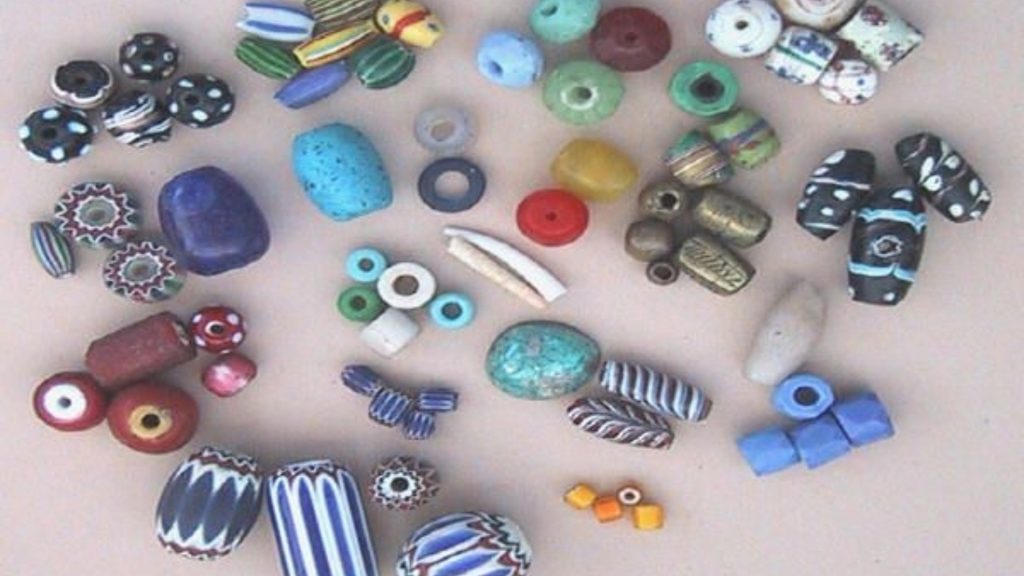
Archaeologists also discovered many stone and glass beads. These beads were manufactured in Europe and the Middle East. The beads were used as currency to trade with the Native American people living in the area.
From Storehouse to Trash Heap
All evidence points to the structure being used as a storehouse. When the fort was no longer needed and the storehouse fell into disrepair, it became a trash pit. As Parno explained, this was where the colonists tossed broken or discarded items that they no longer needed.
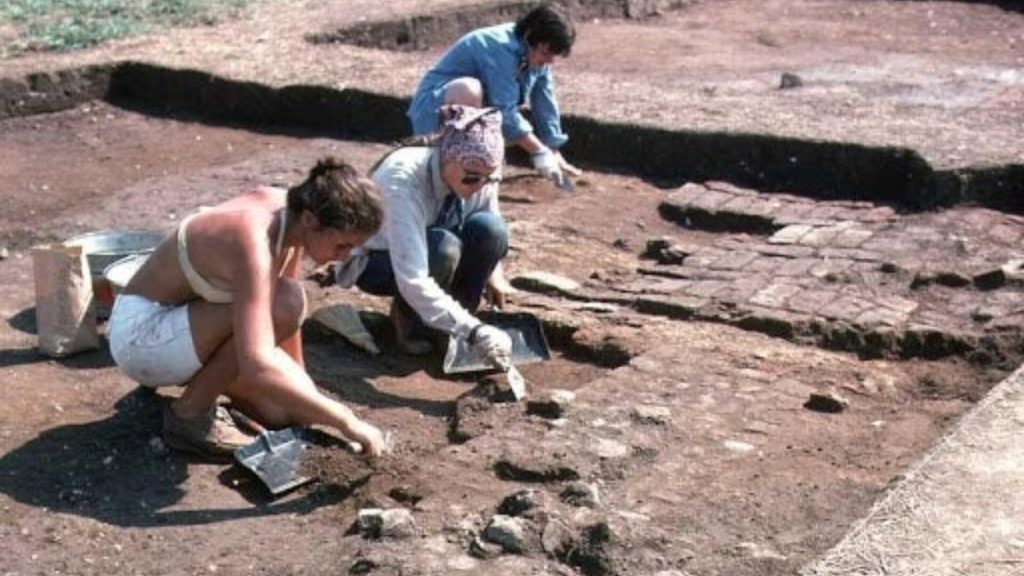
The tasset from the suit of armor was one such item. The owner had no more use for the tasset, so it was tossed into a trash heap. Other discarded items, including a pair of 17th-century scissors and a decorative braid made of metal fibers, were located in the trash pit.
More Work to Be Done
Even though excavation work has been going on at St. Mary’s City for more than 30 years, Parno believes that the site has more to offer. Just a year ago, for example, the archaeologists found the skeletal remains of a teenage male that exhibited signs of leg fractures. It is believed he was one of the first settlers to arrive in Maryland.
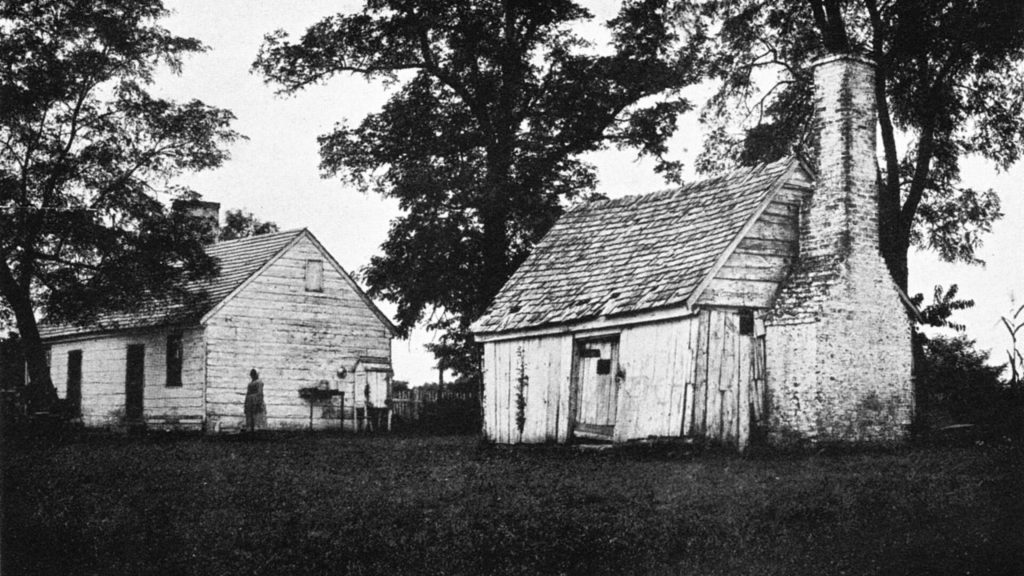
According to Parno, the researchers believe there may be as many as a dozen additional structures waiting to be found within the perimeter of the fort. He said, “We’re scratching the surface. We’ve got years ahead of us to dig into this time period.”

